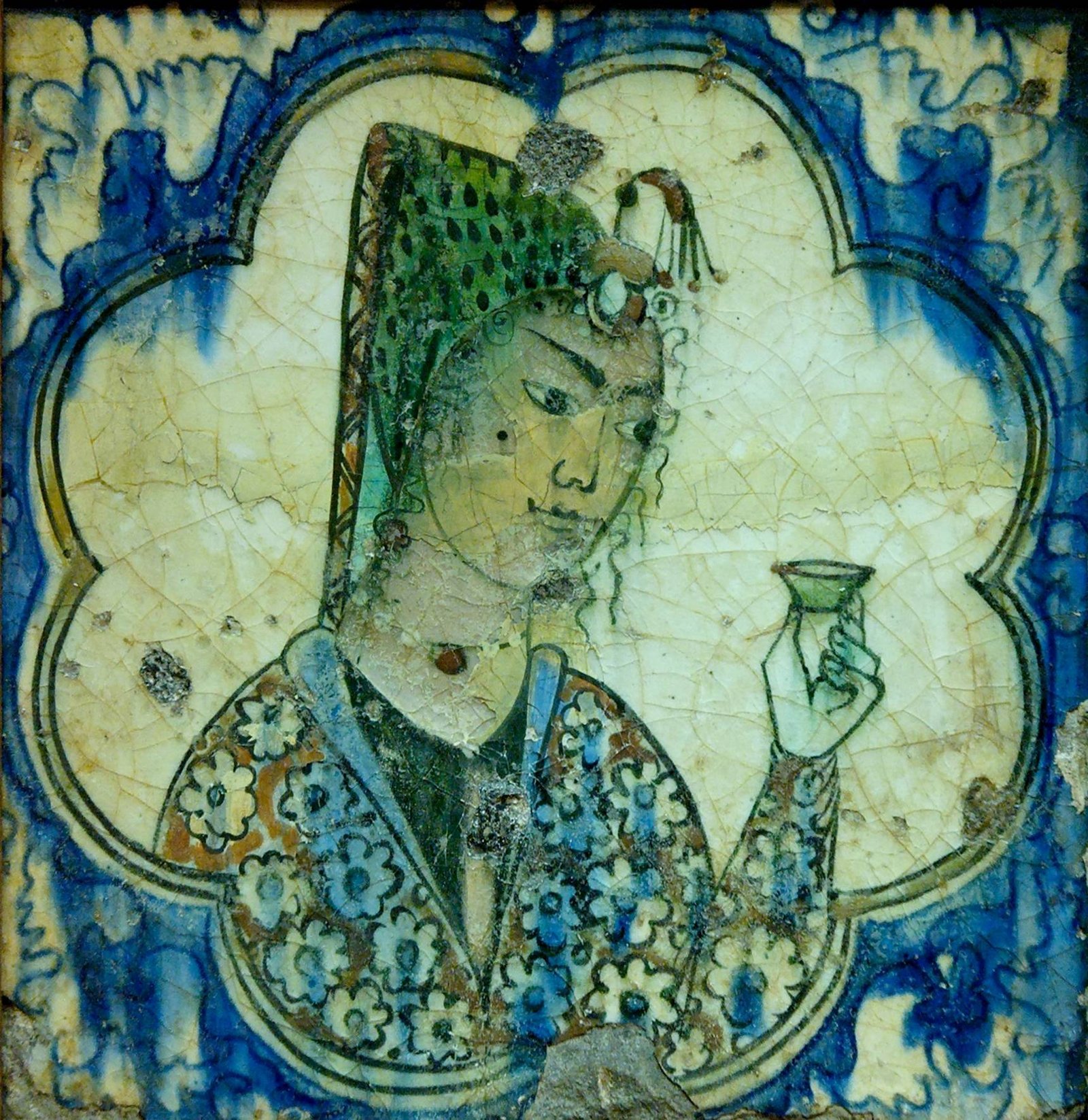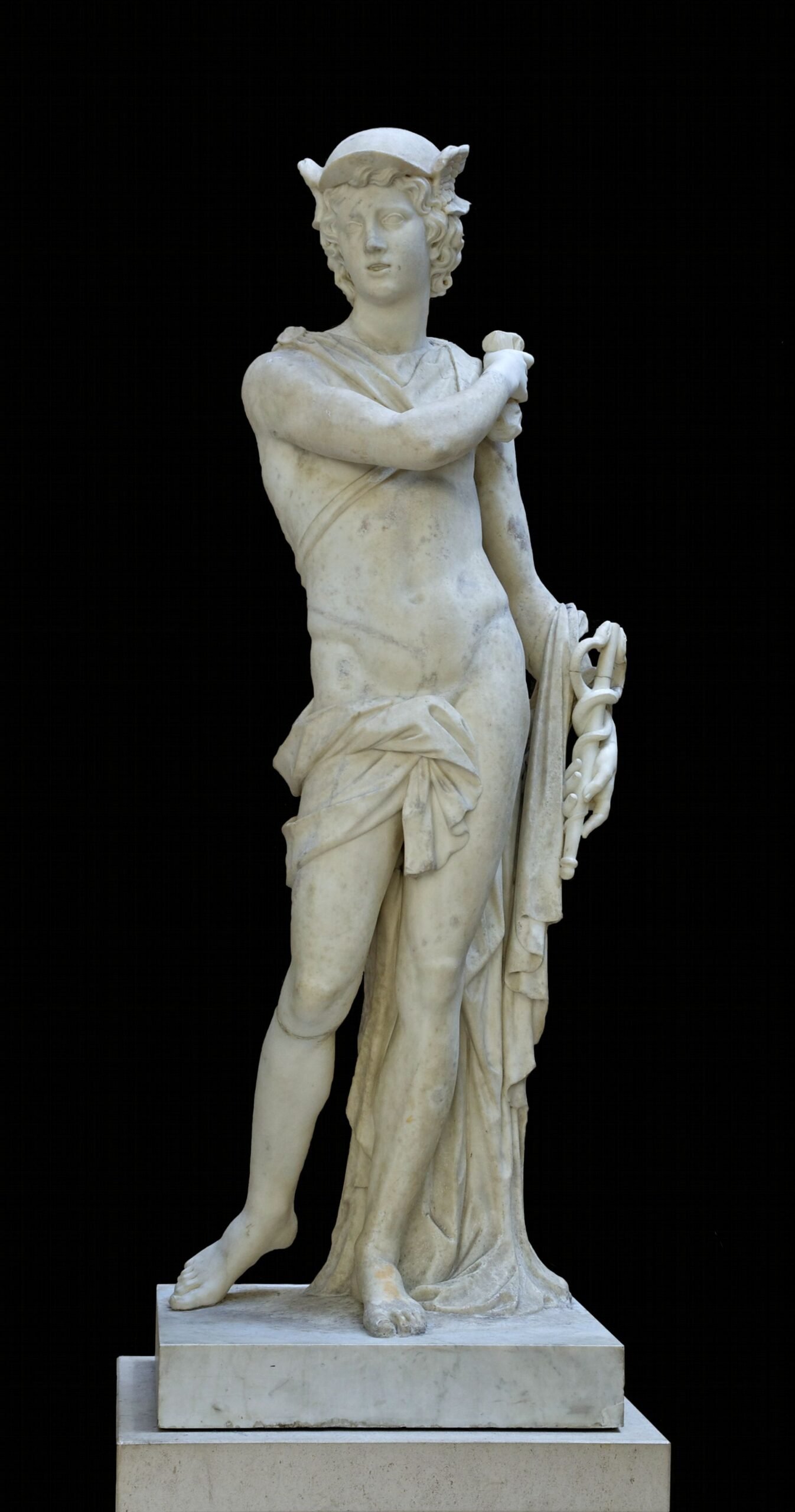The Louvre Museum story is a captivating journey through time, spanning over 800 years of rich history. Originally built as a fortress in 1190, it transformed into a royal palace, then evolved into the world’s most visited museum. This iconic Parisian landmark houses priceless artworks, including the enigmatic Mona Lisa, and stands as a testament to France’s cultural heritage and artistic prowess.
What Are the Origins of the Louvre?

The Louvre’s story begins in the late 12th century when King Philippe Auguste ordered the construction of a fortress to protect Paris from Viking invasions. This original structure, completed in 1202, formed the foundation of what would become one of the world’s most renowned cultural institutions.
How Did the Fortress Become a Palace?
In 1364, the Louvre underwent its first major transformation. King Charles V, recognizing the building’s potential, converted the fortress into a royal residence. This marked the beginning of the Louvre’s long association with French royalty and its gradual evolution into a center of power and culture.
What Role Did Renaissance Monarchs Play in the Louvre’s Development?

The Renaissance period saw significant changes to the Louvre:
- Francis I (1515-1547): Initiated renovations to transform the medieval palace into a Renaissance-style residence.
- Henry II and Catherine de Medici (1547-1559): Continued the modernization efforts.
- Henry IV (1589-1610): Began the Grande Galerie project, connecting the Louvre to the Tuileries Palace.
These monarchs not only expanded the physical structure but also began acquiring artworks that would form the nucleus of the future museum’s collection.
How Did the French Revolution Impact the Louvre?
The French Revolution marked a pivotal moment in the Louvre’s history:
- August 10, 1793: The Louvre opened its doors as a public museum, showcasing 537 paintings.
- Nationalization of royal collections: Many artworks previously owned by the monarchy became public property.
- Symbolic transformation: From a symbol of royal power to a beacon of public enlightenment and national pride.
This transition laid the groundwork for the Louvre’s future as a world-class museum.
What Was Napoleon’s Contribution to the Louvre?
Napoleon Bonaparte played a crucial role in expanding the Louvre’s collection:
| Period | Actions | Impact |
|---|---|---|
| 1801-1815 | Acquired artworks from conquered territories | Significantly expanded the collection |
| 1803 | Renamed the museum “Musée Napoléon” | Emphasized his influence on the institution |
| Post-1815 | Many artworks returned after Napoleon’s defeat | Louvre retained prestige despite losses |
Napoleon’s conquests, while controversial, undeniably enriched the Louvre’s holdings and international reputation.
How Did the Louvre Evolve in the 19th and 20th Centuries?
The 19th and 20th centuries saw continued growth and modernization:
- Napoleon III (1852-1870):
- Completed the north wing of the Louvre
- Created the Pavillon de Flore
-
Established the Cour Napoléon
-
Third Republic (1870-1940):
- Focused on expanding and organizing collections
-
Improved visitor facilities
-
Late 20th Century:
- 1981: President François Mitterrand launched the “Grand Louvre” project
- 1989: I.M. Pei’s glass pyramid inaugurated as the new main entrance
These developments transformed the Louvre into a modern museum capable of handling millions of visitors annually.
What Are the Louvre’s Most Famous Artworks?
The Louvre houses numerous masterpieces, including:
- Mona Lisa by Leonardo da Vinci
- Venus de Milo
- Winged Victory of Samothrace
- Liberty Leading the People by Eugène Delacroix
- The Raft of the Medusa by Théodore Géricault
Each of these works attracts millions of visitors yearly, with the Mona Lisa being the most famous and sought-after.
How Large Is the Louvre’s Collection?
The Louvre’s collection is vast and diverse:
- Total artworks: Over 380,000
- Displayed artworks: About 35,000
- Departments: 8 (including Paintings, Sculptures, Egyptian Antiquities, etc.)
- Exhibition space: 652,300 square feet (60,600 square meters)
This extensive collection makes the Louvre one of the largest and most comprehensive museums in the world.
What Challenges Does the Louvre Face Today?
The Louvre faces several modern challenges:
- Overcrowding: Managing millions of annual visitors while preserving artworks.
- Conservation: Maintaining and restoring ancient artworks and the building itself.
- Security: Protecting priceless artifacts from theft and damage.
- Digitization: Making the collection accessible online while encouraging physical visits.
- Cultural repatriation: Addressing calls for returning artifacts to their countries of origin.
These challenges require ongoing innovation and diplomatic efforts to maintain the Louvre’s status as a global cultural icon.
How Has the Louvre Adapted to the Digital Age?
The Louvre has embraced technology to enhance visitor experience and reach a global audience:
- Virtual tours: Offering online access to galleries and exhibitions
- Interactive guides: Providing multimedia information on artworks
- Social media presence: Engaging with audiences worldwide
- Digital archives: Making research materials available to scholars globally
These initiatives ensure the Louvre remains relevant and accessible in the 21st century.
The Louvre Museum story is one of continuous evolution, from medieval fortress to royal palace to public museum. Its journey reflects the changing tides of French history, art appreciation, and cultural values. Today, it stands not just as a repository of priceless artworks, but as a living testament to human creativity and the enduring power of cultural heritage.

